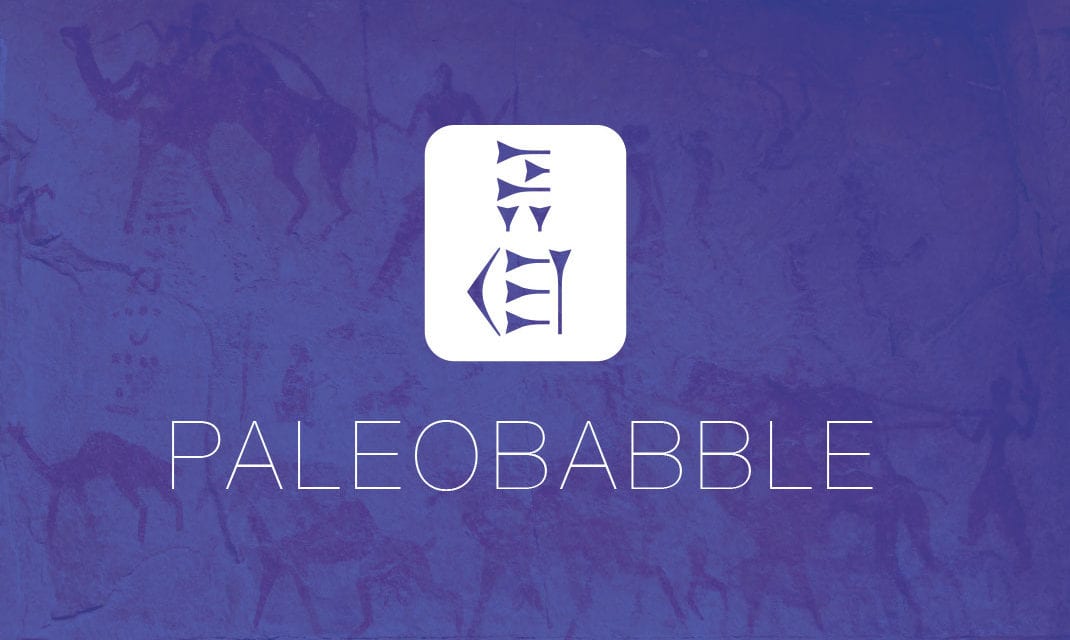Short answer: Who cares?
Really. This is poster material for “much ado about nothing.”
I got a recent email about this issue. The controversy is whether the Greek word translated “cross” (stauros) refers to a pole or the object t object that church history has handed down to as as the visual emblem of the crucifixion. The debate combatants don’t deny the crucifixion’s historicity, mind you — it’s about whether church tradition got the shape wrong.
zzzzzzzzzzzzzzzzzzzzzzzzzzzzzzzzzzzzzzzz
Oh, I’m back. Pardon.
I repeat. Who cares? Church tradition has gotten a lot of things wrong. The biblical account has Jesus crucified for the sins of the world on a stauros. If I time traveled and saw it was a pole, that wouldn’t change the event or the biblical record (or its theology).
I think Bill Craig has a nice reply to this one — he got the same question back in 2010.






Agreed. This is a big snoozer in many respects. As an issue of reconstruction, the primary sources themselves allow for much variation in crucifixion method.
Seneca wrote, “I see crosses there, not just of one kind but made in different ways; some have their victims with head down to the ground; some impale their private parts; others stretch out their arms on the crossbeam.”
Josephus wrote, “So the soldiers out of wrath and hatred they bore for the Jews, nailed those they caught to the crosses, one after one way, another after another way by way of jest.”
Herodotus wrote, “They nailed him [the satrap Artayctes] to planks and hung him there. And they stoned Artayctes’ son before his eyes.” (The plural “planks” would seem to preclude an “I” stauros on that particular occasion.)
And, of course, the Alexamenos graffito (ca. 200 A.D.), the earliest artistic depiction we have of the crucifixion, shows the arms of Jesus outstretched on a crossbeam.
Sverre Bøe conducted a major study on cross-bearing in the ancient world and concluded, “A stauros in Israel in the days of Jesus often consisted of a vertical pole or a tree, and often, though by no means always, a horizontal piece of wood (sometimes called patibulum) attached to it.”
A single word cannot be pressed to resolve the issue, so it seems silly to make the issue a point of contention.
Yeah, sometimes critics like to falsely equivocate Christian tradition with Christianity itself.
How would one “crucify” someone on a pole?